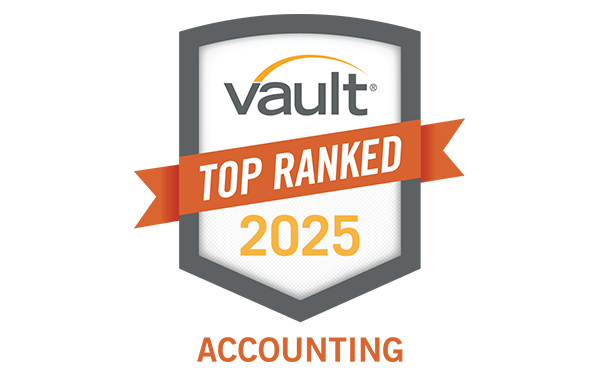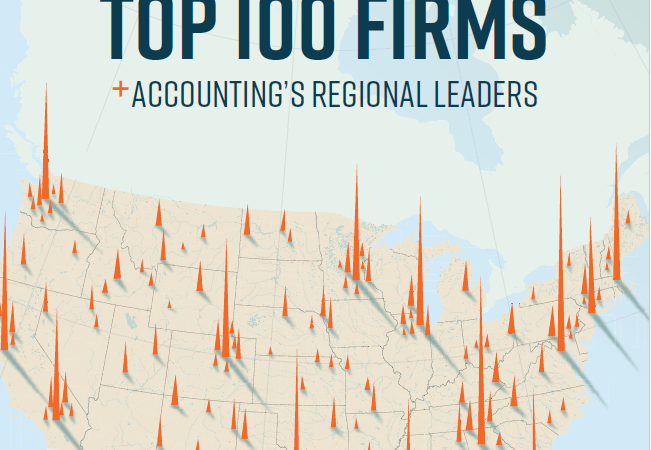What is Form 1099-K?
Form 1099-K, Payment Card and Third-Party Network Transactions, is an Internal Revenue Service (IRS) Form used to report credit/debit card transactions and third party network payments. When the American Rescue Plan Act (ARPA) passed in 2021, it drastically dropped the 1099-k requirements from $20,000 (and 200 transactions) to $600 from any one platform for years 2022 and after. This change in the reporting threshold will make it more likely that several additional small business owners, self-employed individuals, gig workers, freelancers, and independent contractors receive 1099-K Forms compared to previous years.
On Friday, December 23, 2022, the IRS announced a delay in the new 1099-K reporting threshold for one year. As a result of the delay, companies and platforms referenced above will not be required to report tax year 2022 transactions on Form 1099-K to the IRS or the payee for the lower ($600) threshold amount enacted by Congress as part of the ARPA. The higher $20,000 threshold amount is still in effect. The IRS guidance indicates calendar year 2022 will serve as a transition period for implementing the lowered threshold reporting for third-party settlement organizations (TPSOs), including Venmo, PayPal, and CashApp, which would have generated Form 1099-Ks for taxpayers.
What Does My Form 1099-K Report to Me?
The 1099-K Form reports payments and transactions from online platforms, apps or payment card processors over $600. If you’ve received money from platforms like Venmo, PayPal, Cash App, Etsy, Uber, etc., in 2023, you may receive a 1099-K in the mail for the 2023 tax season.
Form 1099-K includes the gross amount of all reportable payment transactions. You will receive Form 1099-K from each payment settlement entity from which you received payments in settlement of reportable payment transactions. A reportable payment transaction is defined as a payment card transaction or a third-party network transaction. Payment card transaction means any transaction in which a payment card or any account number or other identifying data associated with a payment card, is accepted as payment. A third-party network transaction is defined as any transaction settled through a third-party payment network, but only after the total amount of such transaction(s) exceed the minimum reporting thresholds. The gross amount of a reportable payment does not include any adjustments for credits, cash equivalents, discount amounts, fees, refunded amounts or any other amounts. The dollar amount of each transaction is determined on the date of the transaction.
Who Gets a Form1099-K?
For 2023 and forward, the 1099-K has many of the same parameters as Form 1099-NEC, ion-Employee Compensation. You’ll likely receive one if:
- You were paid more than $600; and
- You had any number of digital transactions.
Prior to 2023, 1099-Ks were only issued to taxpayers who:
- Had gross payments of $20,000 or more, and;
- Had more than 200 digital transactions.
If you have met these criteria, you should receive a copy of the 1099-K in the mail by January 31 of the following year. The IRS will also receive a copy of all 1099-K Forms issued to you. If you believe you should have received a 1099-K by that date and haven’t, consider contacting the processor to find out if one has been prepared for you. If the processor didn’t prepare a 1099-K, you still need to report all your income.
Personal transactions (e.g., personal payments to friends and family) on payment networks including Venmo, PayPal, etc., are not considered payments for goods and services. This is because the 1099-K third-party payment network reporting rule applies to payments made for goods and services. It doesn’t apply to payments made through the payment networks that were gifts or other personal payments of money to family and friends.
For example, if you received payment through a personal Venmo account during the year, those transactions won’t be reported on a 1099-K as a personal Venmo account is designated for noncommercial use – like sending a friend money. But if you have business Venmo, PayPal, Cash App, etc. account, and your transactions exceed the $600 tax reporting threshold, you will likely receive a 1099-K.
How Do I Report 1099-K Forms on My Tax Return?
How you report income will depend on why you received it.
If you’re self-employed or work as an independent contractor, you typically report your income, including that from Form 1099-K on Schedule C of Form 1040, U.S. Individual Income Tax Return. If your business is organized as a pass-through entity like a multi-member LLC (Limited Liability Corporation), an LLC electing to be treated as a corporation, S Corp or Partnership, you’ll need to report this information on Forms 1120, 1120S or 1065.
If you have any questions, please contact us.
Article Prepared By:
Evan Peoples | Supervising Senior




